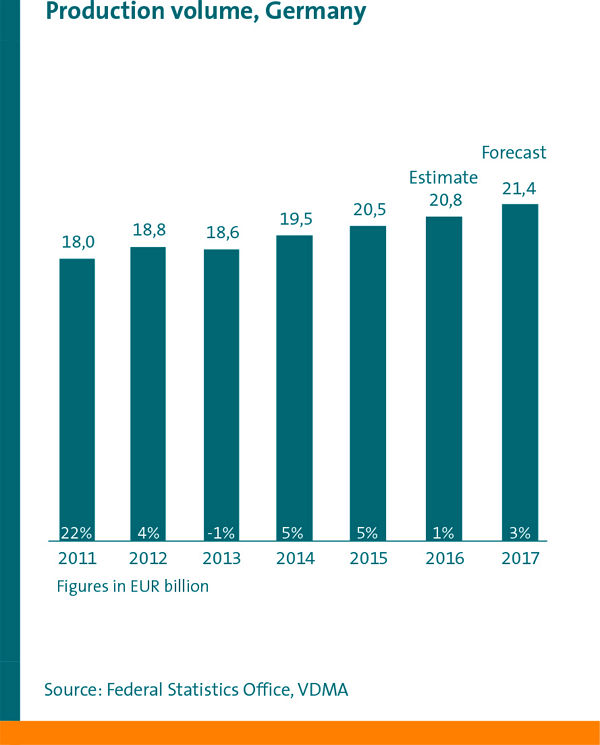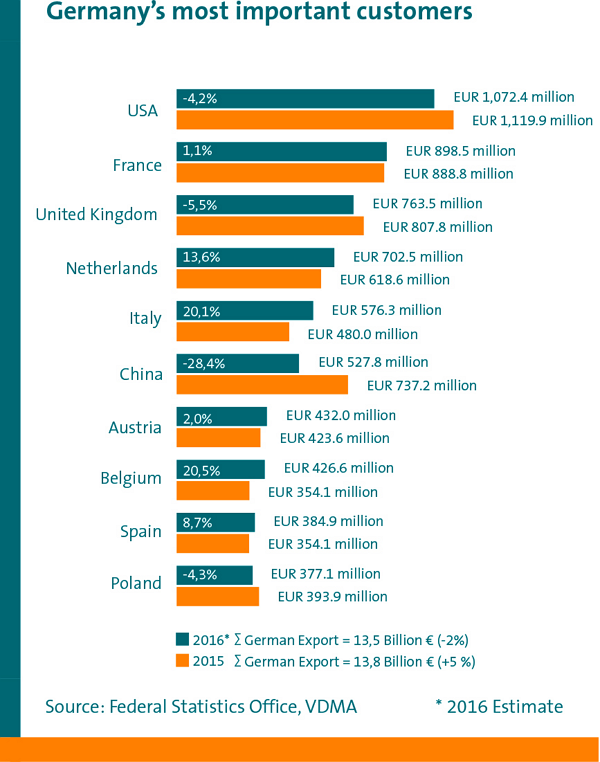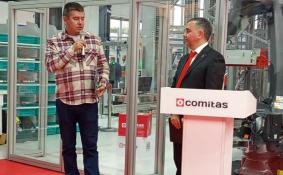Scientific & Practical Journal

Editorial News
Dear readers! We are pleased to present to you the eleventh issue of the journal in 2025. There are a lot of relevant and useful materials in the issue, which, hopefully, will not be ignored.
Dear readers! In September the CeMAT RUSSIA exhibition was held, which showed everyone that innovations and robotics are increasingly penetrating the logistics industry. We can safely say that many technologies are tested here, and only then they go out into the world. However, it is not only CeMAT RUSSIA that demonstrates the prevalence of the digital agenda.
Dear readers! This is the ninth issue of the journal, which turned out to be very rich and diverse. Traditionally, the issue is opened by an analyst. The material by Alina Nasyrova from the Market Guide Agency, dedicated to investments in warehouse complexes in Russia, recalls the importance of developing logistics infrastructure for the integrated development of regions.
PHOTO OF THE WEEK
CITATIONS
All News of Logistics
Branch grows thanks to Industrie 4.0
The signs are set for growth: in 2016, the German intralogistics providers achieved an estimated production volume of €20.8 billion (an increase of one percent compared to 2015). "Despite continuing global volatility in international political and economic framework conditions, there is a clear increase in the demand for Industrie 4.0-capable products. Here the German manufacturers convince the market with their high standards of technology and quality in international competition", explains Dr. Klaus-Dieter Rosenbach, Chairman of the VDMA Materials Handling and Intralogistics Association. For the current year 2017, the VDMA Materials Handling and Intralogistics Association is expecting to see growth of three percent on average, with differing rates of development possible in individual sub-branches.

Need for connected solutions
The demand for modern, viable intralogistics is particularly high in the European internal market. Nearly 60% of the total export volume generated by German intralogistics providers goes to other European countries. The German manufacturers increased their exports by 6% to 8.5 billion Euro.
"Industrie 4.0 meanwhile acts like a huge magnet in the European internal market. More and more companies are investing in connected technologies for their production and the associated logistics. This is reflected in the order books of German manufacturers supplying the corresponding solutions", says Rosenbach. Demand in the customer branches such as the automotive industry or e-Commerce remains on a high level. "Together with growth in online retailing, increasingly connected production processes are triggering changes in material flows and supply chains. It takes smart intralogistics to manage these changes", says Rosenbach.
International business
Altogether 2016 saw a slight decline in exports by German intralogistics manufacturers, amounting to a volume of 13.5 billion Euro which is 2% less than in 2015. The key trading partner is still the USA, purchasing goods valued at 1,072 million Euro, followed by France with 898 million Euro in second place and the United Kingdom with 763 million Euro in third place. On the other hand, China slipped back to sixth place with a 28% decline in exports during 2016. "One reason for this is that many German manufacturers meanwhile have their own production facilities in China. On the other hand, there is also a greater trend for Chinese manufacturers to serve their domestic market than in the past", explains Sascha Schmel, Managing Director of the VDMA Association for Materials Handling and Intralogistics.













